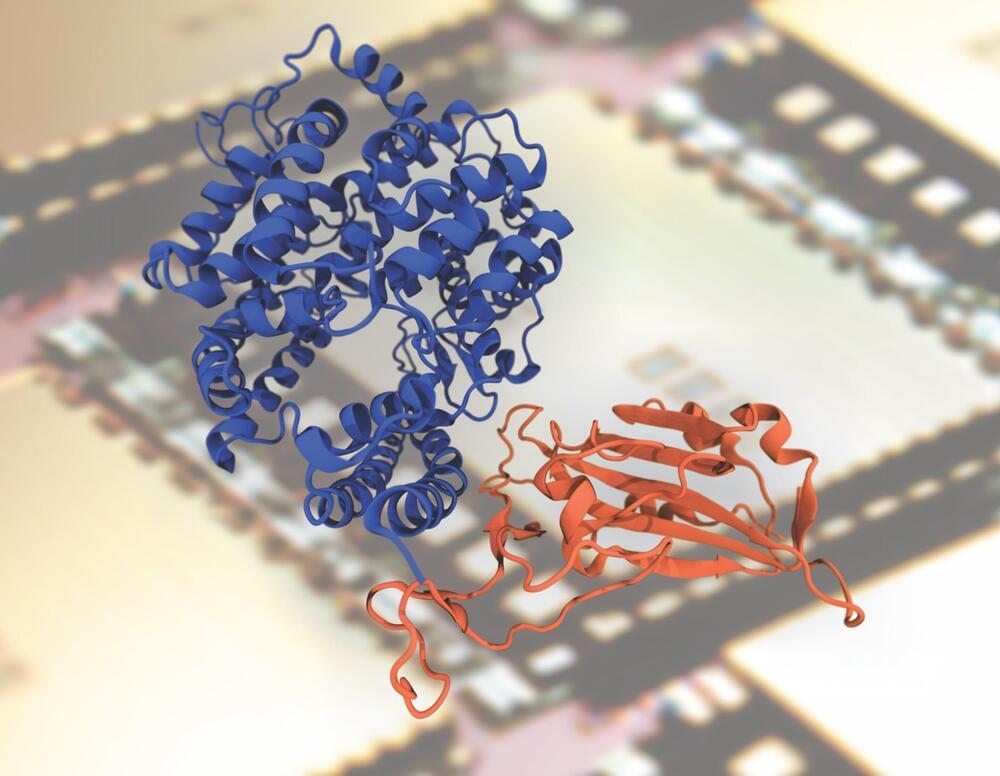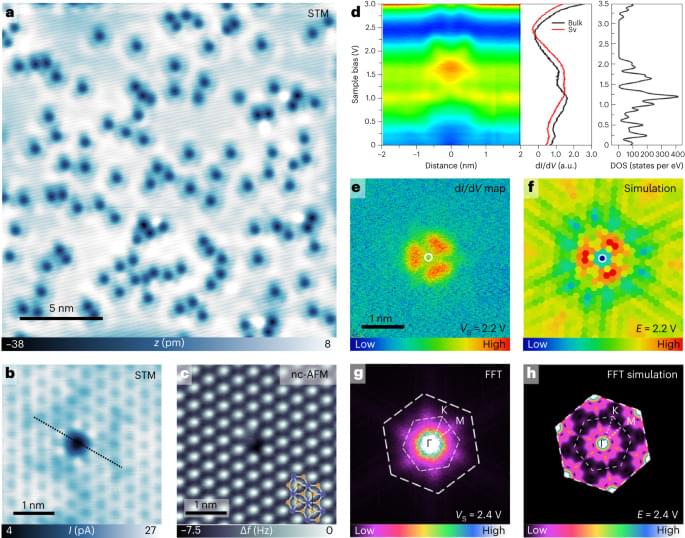In a recently published article featured on the cover of the Biophysical Journal, Dr. Rafael Bernardi, assistant professor of biophysics at the Department of Physics at Auburn University, and Dr. Marcelo Melo, a postdoctoral researcher in Dr. Bernardi’s group, shed light on the transformative capabilities of the next generation of supercomputers in reshaping the landscape of biophysics.
The researchers at Auburn delve into the harmonious fusion of computational modeling and experimental biophysics, providing a perspective for a future in which discoveries are made with unparalleled precision. Rather than being mere observers, today’s biophysicists, with the aid of advanced high-performance computing (HPC), are now trailblazers who can challenge longstanding biological assumptions, illuminate intricate details, and even create new proteins or design novel molecular circuits.
One of the most important aspects discussed in their perspective article is the new ability of computational biophysicists to simulate complex biological processes that range from the subatomic to whole-cell models, in extraordinary detail.








